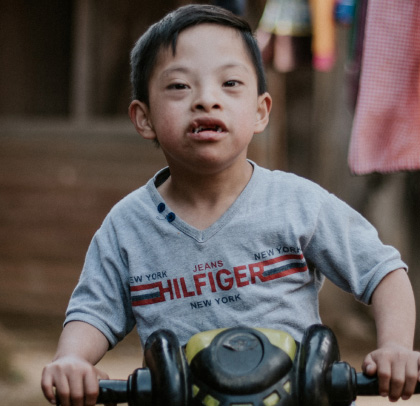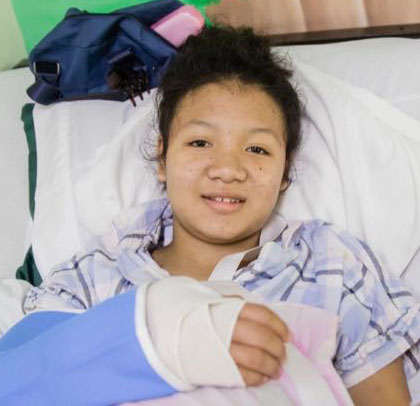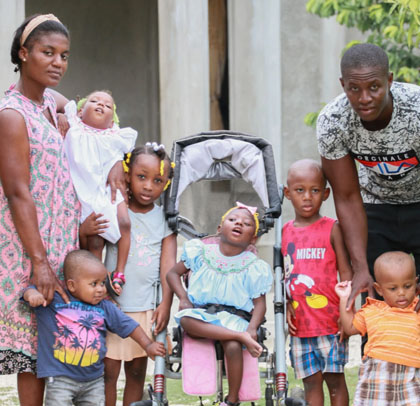5 Key Takeaways from the 2022 Trafficking in Persons Report
Hello August 3rd, 2022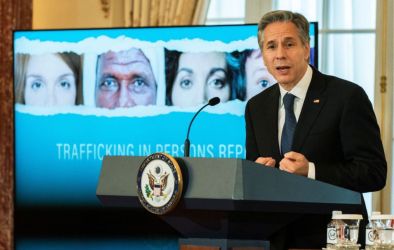
Share This Story
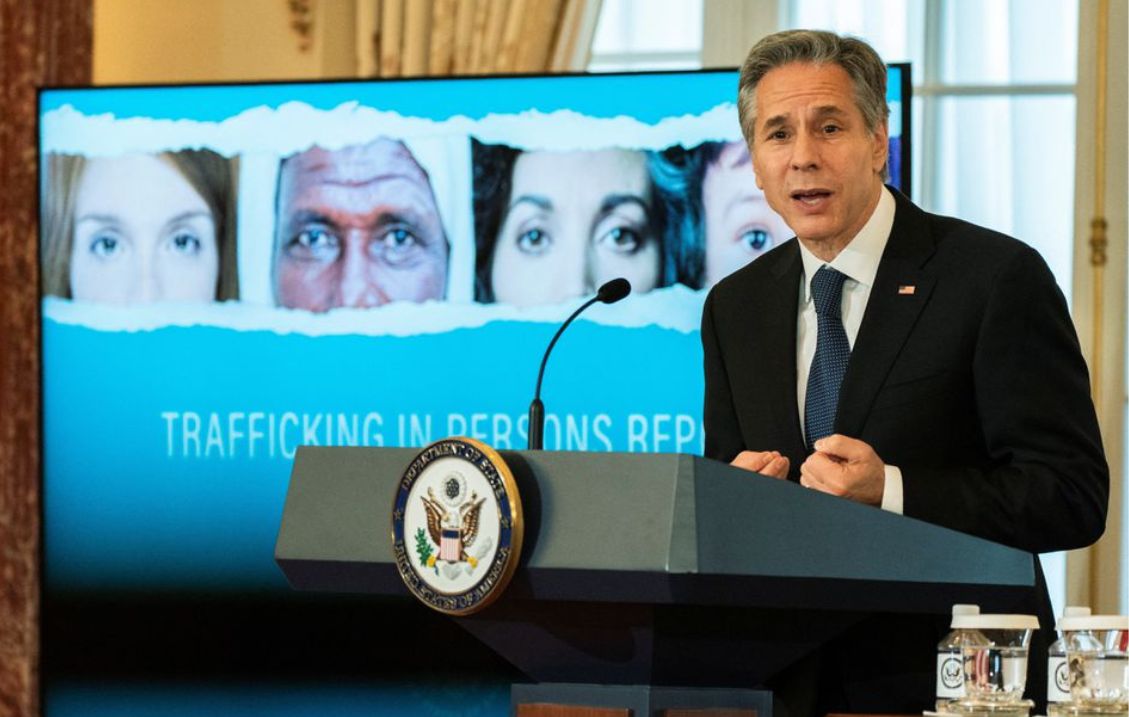
The 2022 Trafficking in Persons Report assesses how 188 countries and territories are performing in terms of preventing trafficking, protecting victims, and prosecuting traffickers. U.S. Secretary of State, Antony Blinken, said this report is one of the most comprehensive sources of information anywhere in the world on anti-human trafficking efforts by governments.
Secretary Blinken, said the report shows a “mixed picture of progress.” He explained, “twenty-one countries were upgraded a tier because those governments made significant, increasing efforts to combat trafficking at home as well as for their citizens abroad. Eighteen countries were downgraded a tier, indicating that they either didn’t make significant, increasing efforts to combat trafficking – or worse, that their governments have a state-sponsored policy or pattern of trafficking.”
Five Key Takeaways from the 2022 Trafficking in Persons Report
1) Increased Survivor Engagement and Leadership: More organizations around the world are asking survivors to serve as advisors on councils and boards. Through their personal experiences, they can speak about best practices and bring an insider perspective regarding what tactics traffickers use and what obstacles survivors face. Organizations are acknowleding the vital role that survivors of human trafficking play in developing and implementing survivor-led, trauma-informed policy. In the 2021 TIP Report, the department cited only seven governments with active efforts to consult and engage survivors. In this year’s report, 34 governments actively took steps to incorporate survivor input in their policies and anti-human trafficking approaches.
2) Climate Crises Increase Human Trafficking Vulnerabilities: Political and civil instability, economic uncertainty, and climate-change linked events like droughts, flooding, and extreme weather conditions make pre-existing human trafficking vulnerabilities worse. According to the UN Environment Programme, human trafficking has the potential to increase by 20-30 percent during humanitarian disasters due to lost livelihoods and disrupted families.
3) Corruption is Still a “Top Tool” of Traffickers: Government officials may turn a blind eye to illegal activities and may actively participate in tipping off traffickers to raids, providing false documents for workers, and allowing traffickers to continue without punishment. Some governments subject their own people to trafficking such as through forced labor on projects of national interest.4) Number of Global Prosecutions Have Declined: Over the last seven years, less traffickers have been prosecuted across the world. Since 2015, the number of prosecutions have decreased nearly half from 19,127 to 10,572.
5) Victim Identification is Difficult: The report shows governments around the world collectively identified 90,354 human trafficking victims in 2021 – down almost 20,000 from 2020. The International Labor Organization estimates that there are 40.3 million victims of human trafficking globally meaning that a majority of victims have not been identified.
Sources:
